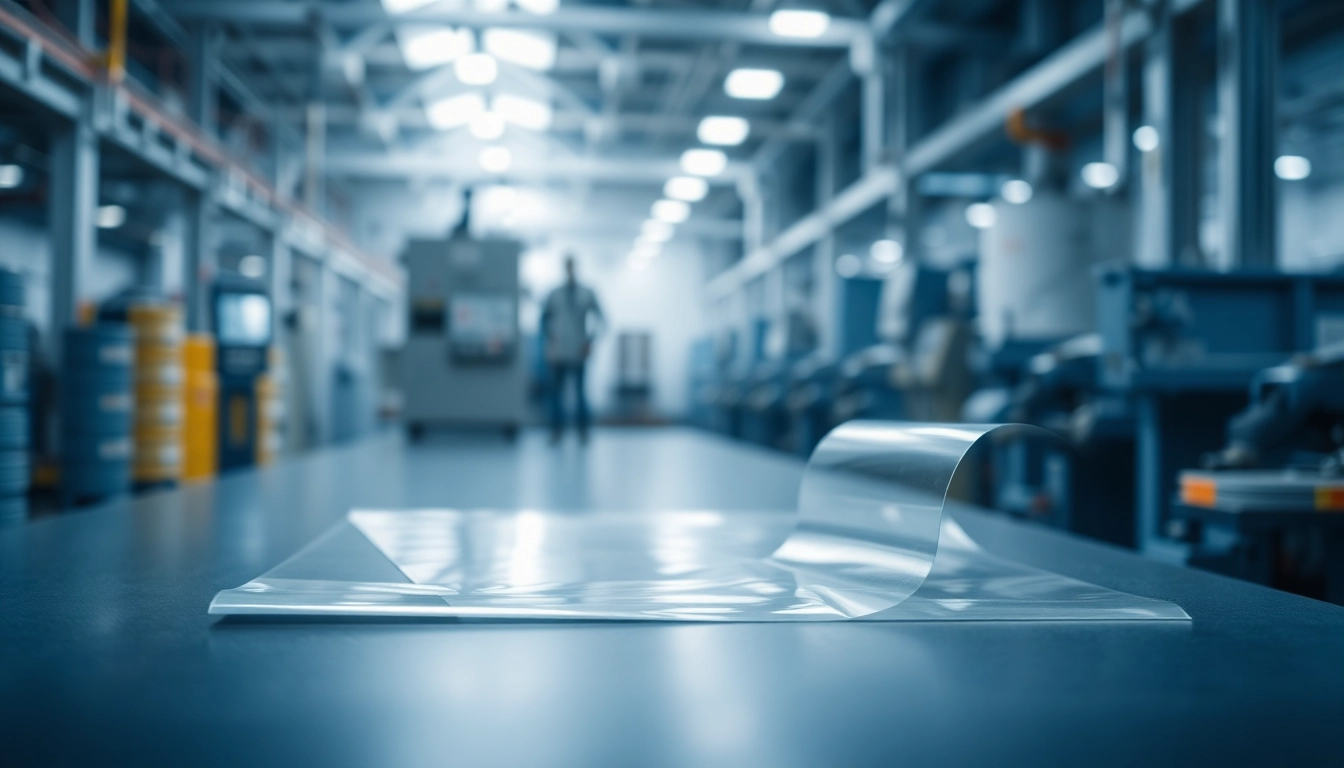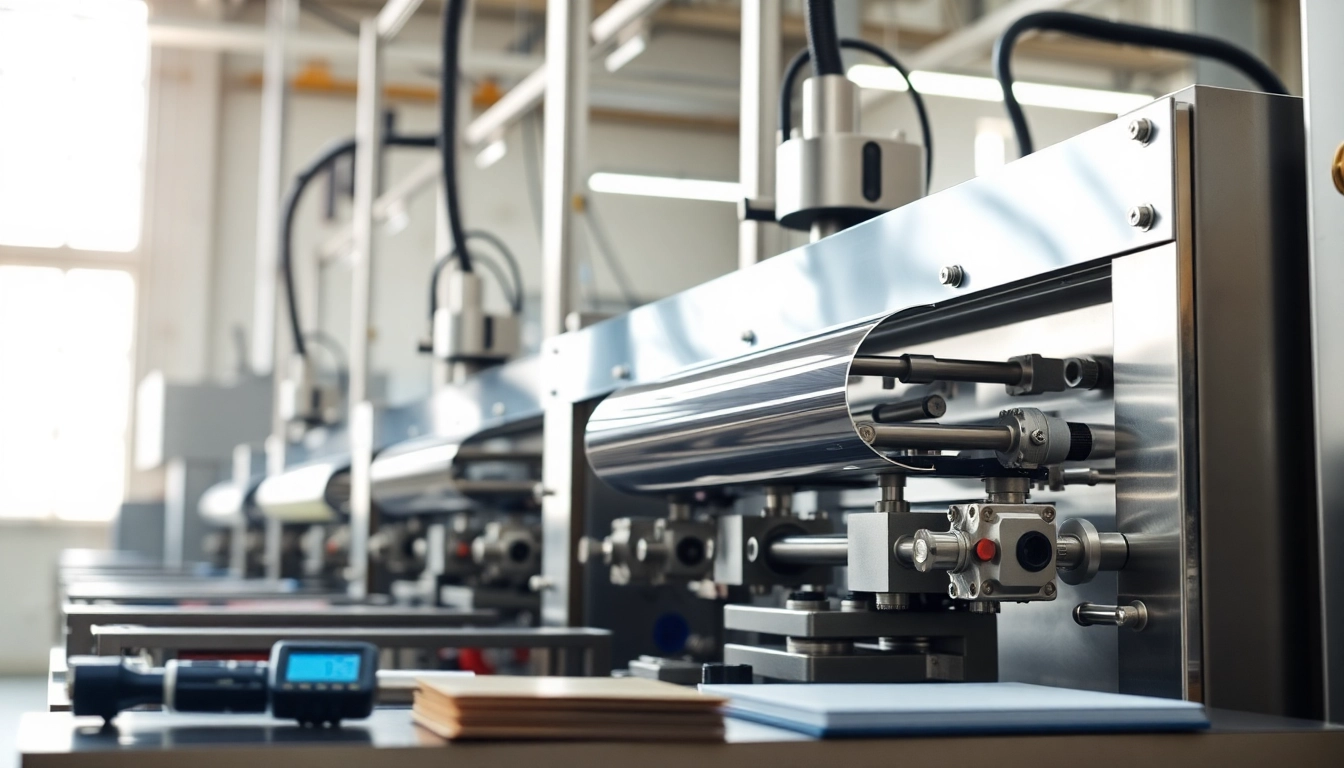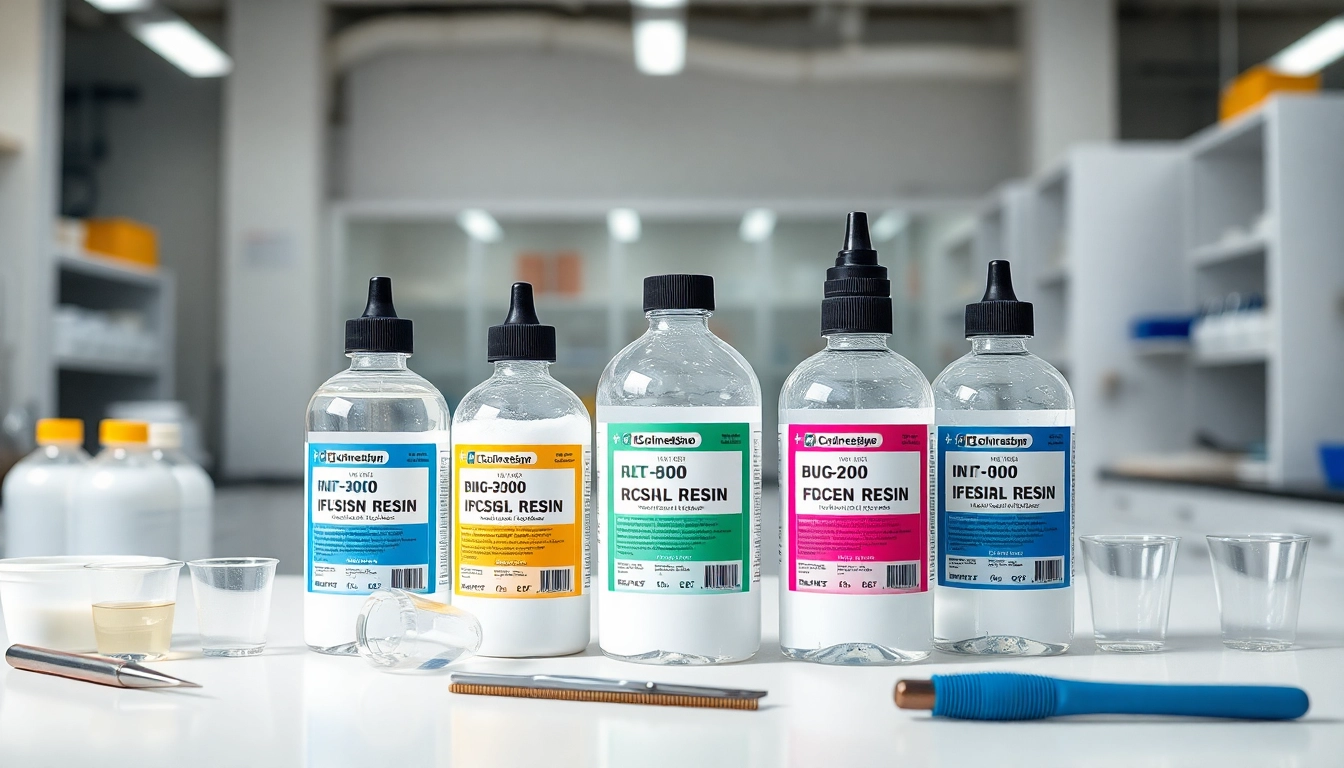High-Performance Adhesive Films for Precision Bonding Applications | https://www.makobond.com/adhesives-films
Understanding Adhesive Films: Core Concepts
Adhesive films play a critical role in various industries where precise bonding is essential for structural integrity and performance. These films, made from polymer matrices, offer unique advantages and are becoming increasingly popular due to their versatility and efficacy. For those seeking specific information on adhesive films, a greater understanding can be found at https://www.makobond.com/adhesives-films.
What are Adhesive Films?
Adhesive films are thin sheets of adhesive material that bond components together when heat and pressure are applied. Unlike liquid adhesives, these films provide a uniform layer that can enhance the strength and durability of the bond. They are especially beneficial in applications requiring minimal mess and consistent thickness, facilitating clean processing. The films can be designed to suit diverse substrates, including metals, plastics, and composites, making them ideal for various industrial applications.
Key Properties of Adhesive Films
Adhesive films possess several essential properties that make them suitable for advanced manufacturing processes:
- Temperature Resistance: Many adhesive films can withstand extreme temperatures, ensuring they maintain their bonding capabilities in challenging environments.
- Flexibility and Ductility: Well-engineered films can flex without cracking, making them suitable for dynamic applications.
- Adhesion Strength: The bond strength can vary depending on the formulation, allowing customization for different applications.
- Environmental Stability: These films are designed to resist moisture, chemicals, and UV radiation, providing long-lasting performance.
Advantages of Using Adhesive Films
The implementation of adhesive films offers numerous benefits:
- Consistent Bonding: The uniform thickness of adhesive films ensures a consistent bond, which is paramount for the performance of complex assemblies.
- Reduced Waste: Since they follow a precise application process, adhesive films minimize excess material and clean-up costs.
- Enhanced Performance: Advanced films can improve mechanical properties, such as impact resistance and shear strength, exceeding the expectations of traditional bonding methods.
- Ease of Use: The simplicity of application with adhesive films can substantially lower manufacturing risks and training costs.
Applications of Adhesive Films in Industry
The versatility of adhesive films allows them to be utilized across multiple sectors, delivering innovative solutions that drive efficiency and performance.
Aerospace Applications
In the aerospace sector, where reliability and weight savings are critical, adhesive films are increasingly used for bonding composite materials in aircraft structures. These films can endure the extreme pressures and temperatures experienced during flight, contributing to structural integrity while also being lightweight.
For instance, adhesive films are employed in the assembly of wings and fuselage sections, offering superior bonding performance compared to traditional rivets or mechanical fasteners. Their application results in reduced maintenance costs and enhanced overall performance.
Automotive Industry Usage
In automotive manufacturing, adhesive films provide manufacturers with the ability to bond lightweight materials—which is crucial for improving fuel efficiency without compromising safety. They are commonly used in bonding interior trim, body panels, and structural elements.
The use of adhesive films in this space not only offers prolonged durability and resistance to vibrations but also enables manufacturers to meet stringent safety and environmental regulations.
Marine and Defense Applications
Marine vessels require bonding materials that can withstand harsh environmental conditions, including saltwater exposure. Adhesive films are applied in the construction and repair of boats and submarines, providing long-lasting, waterproof bonds that stand the test of time.
Defensive applications also benefit from adhesive films through their use in armor and composite structures, where weight reduction and strength are essential for performance. Their compatibility with various substrates enhances design flexibility and customization in these critical defense applications.
Factors to Consider When Selecting Adhesive Films
Choosing the right adhesive film requires careful consideration of specific application needs. Key factors include:
Temperature and Environmental Resistance
Understanding the thermal and environmental conditions that the adhesive film will endure is critical. Films designed to operate in extreme heat or sub-zero temperatures are available, along with those that protect against moisture and chemicals. Evaluating these aspects ensures that the film will perform optimally in its intended environment.
Thickness and Application Method
The thickness of the adhesive film can vastly influence the bonding process. Thicker films may offer enhanced performance but can also be more challenging to handle. Additionally, the application method—whether it be heat activation, solvent activation, or pressure bonding—will affect the choice of film. It’s vital to consider the production process when selecting an adhesive film to ensure compatibility and ease of use.
Bonding Strength and Durability
Assessing the required bonding strength for the intended application is paramount. Different formulations of adhesive films can yield varying strengths. It’s essential to match the adhesive film properties to the specific demands of the project, including tensile strength, peel strength, and durability under stress or fatigue.
Best Practices for Utilizing Adhesive Films
To maximize the effectiveness of adhesive films, certain practices should be followed throughout the entire bonding process.
Preparation of Surfaces for Optimal Bonding
Surface preparation is often the most crucial step in the bonding process. Clean and roughened surfaces ensure enhanced adhesion. Contaminants such as dust, grease, and moisture can compromise the bond; therefore, thorough cleaning and degreasing are recommended prior to film application. Additionally, surface roughening techniques, such as sanding or blasting, can significantly improve the mechanical interlocking of the adhesive film with the substrate.
Application Techniques for Adhesive Films
Proper application techniques can greatly influence the success of the bond. Depending on the film type, methods such as thermal activation (using heat to enhance adhesion), pressure application, or even solvent activation may be necessary. Following the manufacturer’s specifications closely is vital to achieving optimal bonding results.
Post-Application Considerations
Once the adhesive film is applied, monitoring the bonding environment and ensuring the proper curing conditions can prevent future issues. Factors such as temperature, humidity, and pressure should be controlled to guarantee a consistent and reliable bond. Regular inspections during the curing process can help identify potential problems early, leading to more durable end products.
Future Trends in Adhesive Films
As technology evolves, the realm of adhesive films continues to advance, bringing forth innovative materials and applications.
Innovations in Material Technology
New developments in polymer science are leading to the creation of more sophisticated adhesive films that possess improved properties, such as enhanced adhesion, flexibility, and temperature resistance. Furthermore, advancements in nanotechnology are allowing for the incorporation of nano-sized fillers that can significantly improve adhesive performance under extreme conditions.
Eco-Friendly Adhesive Solutions
With the increasing emphasis on sustainability, the adhesive film industry is witnessing a shift towards environmentally friendly products. Biodegradable and bio-based adhesive films are entering the market, offering similar performance characteristics while reducing environmental impact. This trend is particularly important in industries like automotive and packaging, where tradition has previously relied on non-sustainable materials.
Market Growth Forecasts
The adhesive film market is poised for significant growth as various industries recognize the benefits of adopting these innovative bonding technologies. Continued investment in research and development will likely result in new applications and formulations, further driving demand. As manufacturing environments strive for more efficient processes, the use of adhesive films is expected to rise, reflecting their pivotal importance in modern construction and assembly.














Post Comment